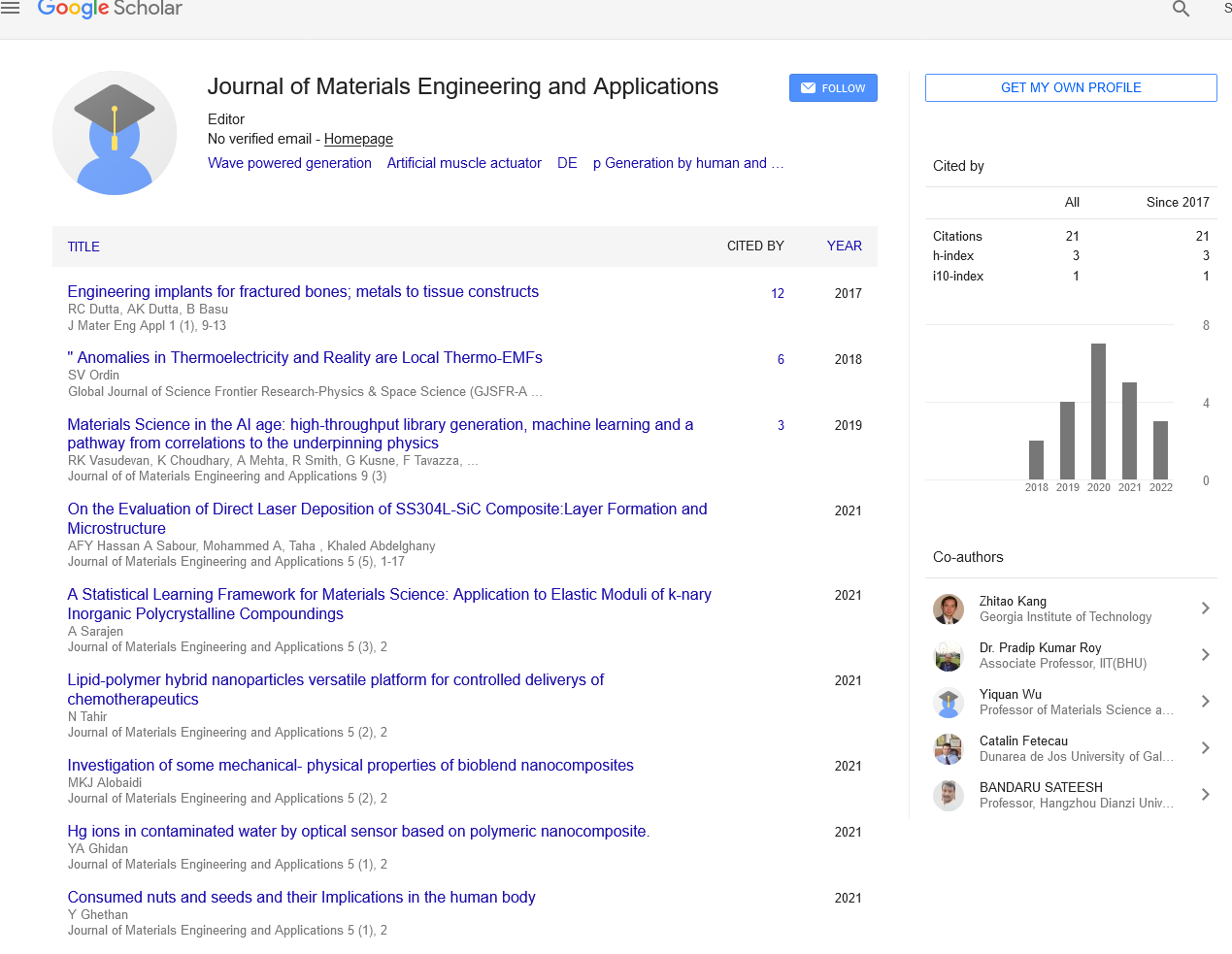
Sign up for email alert when new content gets added: Sign up
Abstract
Effects of their metal alloying composition and H2 evolution studies
Author(s): Fernandez ElguetaABSTRACT: In the advancing field of nanotechnology, metallic nanoparticles (NPs) have gained a tremendous interest as heterogeneous catalysts and been well established as the subject of a wide research due to their promising use in catalysis.1-3 Herein, we present a kinetic study of reduction reactions on Ag, Au, Pt metallic and Ag-Pt bimetallic alloy NPs that were synthesized in aqueous suspensions without using any stabilizer. Owing to the synergistic and alloying effects between the metals in Ag-Pt alloy NPs, those have shown superior catalytic performance in the reduction of 4-nitrophenol to 4-aminophenol by NaBH4. In the bulk, an alloy of Ag and Pt has not been observed because of the vast immiscibility of these metals, whereas in the nanosized regime, the prepared Ag-Pt alloy NPs have not only shown higher catalytic efficiency than their mono-metals but also eliminated the induction time which was observed in the pure Ag NPs case. Kinetics studies of hydrogen evolution on all NPs were conducted in order to follow the reduction mechanism of the fastest Ag-Pt catalyst. High-resolution transmission electron microscopy (HR-TEM) and X-Ray powder diffraction (XRD) studies show that the silver-rich Ag-Pt alloy NPs have a spherical linked shape and confirm the structure of an alloy with the size of ~4.0 nm. Ag-Pt alloy NPs are also relatively low-cost catalysts as their one particular meta




